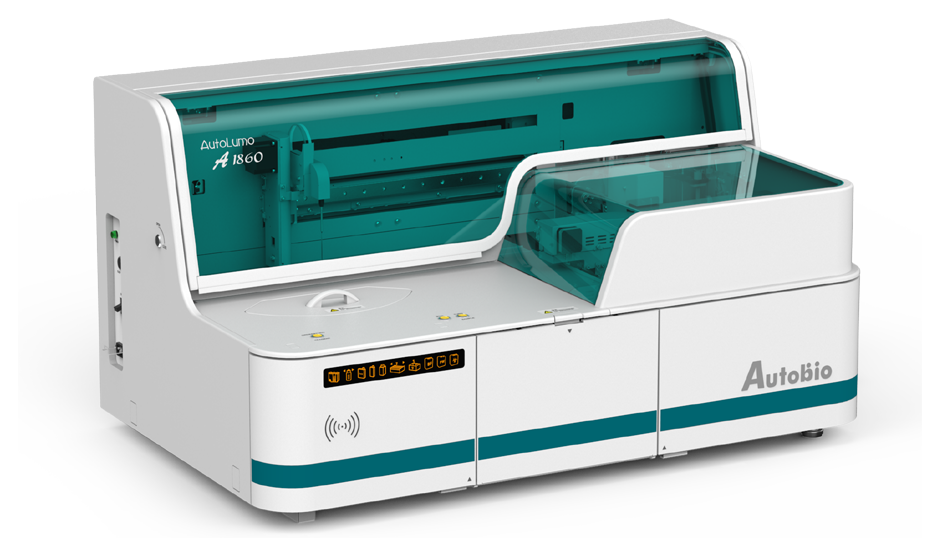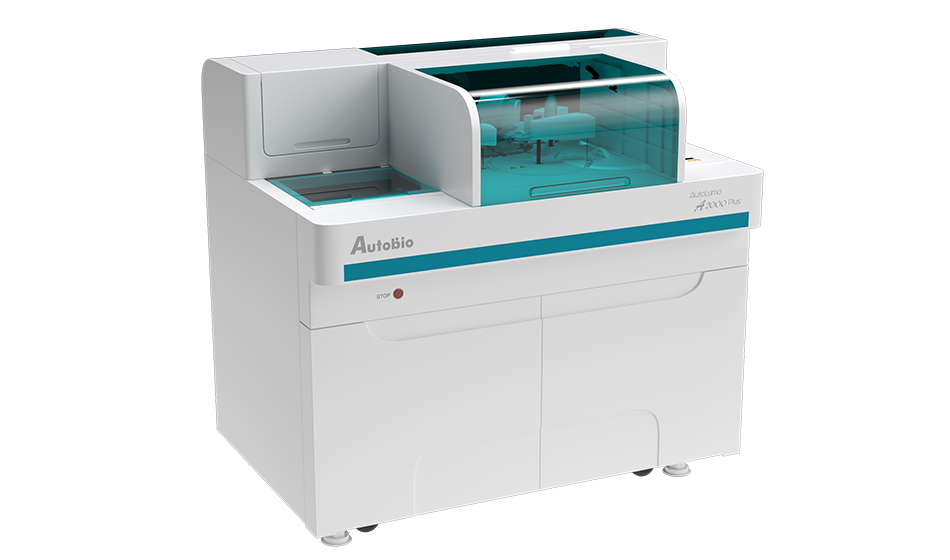

Lung cancer is the second most commonly diagnosed cancer and the leading cause of cancer death in 2020[1]. Non-small cell lung cancer (NSCLC) accounts for the majority (approximately 85 percent) of lung cancers with the remainder as mostly small cell lung cancer (SCLC). For each patient with suspected lung cancer the overall goal is a timely diagnosis and accurate staging so appropriate therapy can be administered.
Blood-based biomarkers are valuable diagnostic tools for the management of lung cancer patients. They support not only differential diagnosis and histological subtyping, but are also applied for estimation of prognosis, stratification for specific therapies, monitoring of therapy response, surveillance monitoring and early detection of residual or progressive disease. [2]
CEA, CYFRA21-1 and NSE are tumor markers used for monitoring the response to chemotherapy in advanced adenocarcinoma, squamous cell carcinoma and small-cell lung cancer, respectively. ProGRP is a useful marker in SCLC, demonstrating association with survival in NSCLC and SCLC limited to univariate analysis.[3] SCCA has been confirmed to be closely related to the prognosis of lung cancer[4] ,especially squamous cell carcinoma.

*Autobio is devoted to enhancing the quality of our products and services. Please refer to our product manuals for detailed specifications and parameters.
Elevated expression of tumor CEA may be an adverse prognostic indicator in stages IB NSCLC. According to retrospective studies, high CEA level was a negative prognostic factor for survival and a risk factor for occult regional node metastasis in clinical stage I NSCLC patients undergoing surgery[5].
NSE is superior to ProGRP in chemotherapeutic efficacy evaluation, and ProGRP is more effective in the early differential diagnosis and recurrence prediction of SCLC than NSE. The combined detection of the two indicators can complement each other with important clinical value in the diagnosis, disease detection, curative effect observation and recurrence prediction of SCLC.
Cyfra21-1 is currently considered to be a tumor marker mainly used to detect lung cancer, especially for the diagnosis of NSCLC. The serum concentration level of Cyfra21-1 is positively correlated with the clinical stage of the tumor, and can also be used as an effective indicator to track early recurrence after lung cancer surgery, radiotherapy and chemotherapy.
SCCA is a tumor marker for Squamous-cell carcinoma(SCC) with good specificity. SCCA has an auxiliary diagnostic significance for cancers derived from squamous epithelial cells such as NSCLC.
[1] Sung H, Ferlay J, Siegel RL, Laversanne M, Soerjomataram I, Jemal A, Bray F. Global Cancer Statistics 2020: GLOBOCAN Estimates of Incidence and Mortality Worldwide for 36 Cancers in 185 Countries. CA Cancer J Clin. 2021 May;71(3):209-249. doi: 10.3322/caac.21660. Epub 2021 Feb 4. PMID: 33538338.
[2] Stefan Holdenrieder. Biomarkers along the continuum of care in lung cancer. Scand J Clin Lab Invest Suppl. 2016;245:S40-5. doi: 10.1080/00365513.2016.1208446.
[3] Benjamin Nisman 1, Haim Biran, Nili Ramu, Norman Heching, Vivian Barak, Tamar Peretz. The diagnostic and prognostic value of ProGRP in lung cancer. Anticancer Res. 2009 Nov;29(11):4827-32.
[4]Yu D, Du K, Liu T, Chen G. Prognostic value of tumor markers, NSE, CA125 and SCC, in operable NSCLC Patients. Int J Mol Sci. 2013;14:11145–11156.
[5]Okada M, Nishio W, Sakamoto T, Uchino K, Yuki T, Nakagawa A, Tsubota N: Prognostic significance of perioperative serum carcinoembryonic antigen in non-small cell lung cancer: analysis of 1,000 consecutive resections for clinical stage I disease. Ann Thorac Surg 78: 216-221, 2004.
Address: NO.87 Jingbei Yi Rd, National Eco&Tech Zone, Zhengzhou, China
Email: info@autobio-diagnostics.com Tel: +86-371-6200-7036
Autobio Copyright Reserved for ICP 18006568. All Rights Reserved.




